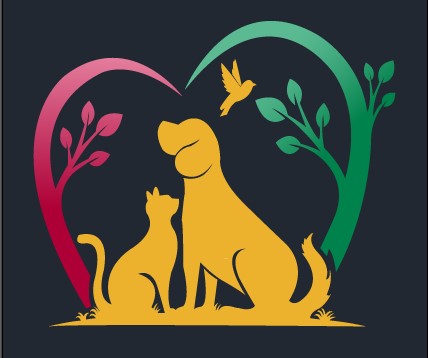How to Tell If Your Pet Is Happy: Signs to Look For
A happy pet brings joy to any household, but how can you be sure your furry friend is truly content? Pets express their emotions in various ways, and recognizing these signs of happiness can help strengthen your bond and ensure your pet’s well-being. Here are key indicators that your pet is happy:
1. Relaxed Body Language
One of the easiest ways to tell if your pet is happy is by observing their body language. A relaxed and comfortable pet typically exhibits the following:
- Dogs: A wagging tail, relaxed ears, and a soft, loose body posture. Happy dogs often roll over for belly rubs or show their excitement by jumping playfully.
- Cats: Purring, slow blinking, and a soft body. Cats may also stretch out or curl up in a cozy spot, indicating they feel safe and content.
2. Playfulness
A happy pet enjoys playtime and engages enthusiastically in activities like fetching a ball, chasing toys, or pouncing on moving objects. If your pet shows interest in play, seeks out toys, or invites you to join in the fun, it’s a strong sign that they’re content and in good spirits.
3. Good Appetite
A healthy appetite is often a sign that your pet is feeling good. If your pet eats regularly and shows excitement around mealtimes, it’s a clear indicator that they are physically and emotionally well. Be cautious, however, of sudden changes in eating habits, as this may indicate stress or illness.
4. Tail Position
Your pet’s tail can tell you a lot about their emotions:
- Dogs: A wagging tail, especially if it’s mid-level or high, generally signals excitement and happiness.
- Cats: A tail held high with a slight curl at the tip often indicates a confident, happy cat. A gently swaying tail during relaxed moments can also signify contentment.
5. Engages in Social Interaction
Happy pets enjoy interacting with their humans or other animals. If your pet seeks out attention, whether it’s through cuddles, sitting next to you, or nudging you with their head or paw, it’s a sign that they feel secure and bonded to you.
6. Healthy Grooming Habits
Pets that groom themselves regularly are usually feeling good. Cats, in particular, spend a lot of time grooming when they’re content. On the other hand, over-grooming or lack of grooming can indicate stress or discomfort.
7. Good Sleep Patterns
A well-rested pet is typically a happy one. Pets that feel secure in their environment will sleep soundly, often in comfortable, relaxed positions. Happy pets also enjoy sleeping near their favorite people, showing trust and contentment.
8. Curiosity and Exploration
Happy pets are curious and show interest in their surroundings. They’ll explore new areas, investigate different scents, or play with new toys. A curious pet is typically a sign of mental stimulation and overall well-being.
9. Positive Vocalization
Your pet’s sounds can be a good indicator of their emotional state:
- Dogs: Gentle barks, happy whines, or playful growls are usually signs of excitement and happiness.
- Cats: Purring, chirping, or soft meows can indicate contentment, while loud, insistent meows may mean they need something or are feeling anxious.
Conclusion
A happy pet exhibits a combination of positive body language, playful behavior, healthy habits, and social interaction. By observing these signs, you can ensure that your pet is content and thriving, and make any necessary adjustments to keep them happy. Regular attention, play, and care will further deepen the bond between you and your furry companion.










